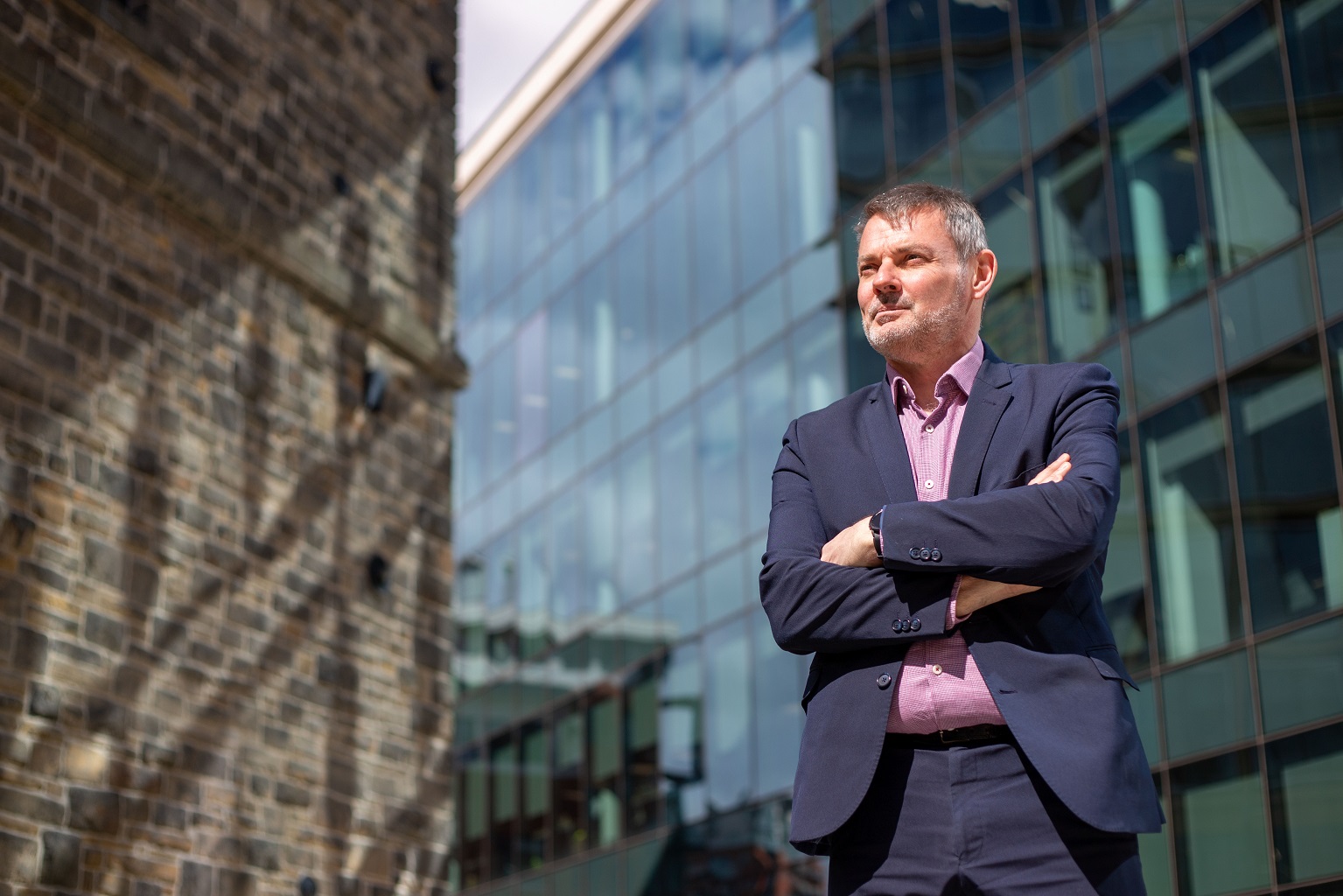Commentary
Beyond top-down: Why local know-how makes devolution work
Forget potholes, brace for bold changes. Mayoral elections loom, and the shift from local fixes to big-picture strategy could make (or break) your city, explains Jonathan Spruce of Hydrock.
This week represents a significant moment in British politics and the latest phase of English devolution. Today, voting is taking place for 10 metro mayors across England — and by the end of the week around 44% of the UK’s population will live under an elected mayor.
Drilling down into my local picture, as a resident in Harrogate with a keen interest in the results, that figure will be more than double — at around 93%, with York and North Yorkshire electing a mayor as a combined authority for the first time in its history. Elsewhere, London, Greater Manchester, Liverpool City Region, South Yorkshire, Tees Valley, West Midlands, West Yorkshire, North East, East Midlands could all see mayoral changes before the week is out.
Across the UK, directly elected metro mayors are demonstrably making a difference. Recent polls by the Centre for Cities show a clear trend: people in mayoral areas are far more likely to recognise their leader than their local councillor. This isn’t surprising. Take Yorkshire’s current mayors – they’ve all been action-oriented. Lord Houchen didn’t waste time, securing Teesside Airport within his first year; Tracy Brabin tackled transportation head-on with bus franchising; Oliver Coppard brought the Sheffield Supertram network back under public control. Mayors with a vision and the power to deliver – that’s the impact we’re seeing.
Wider public awareness: Information is power
It’s concerning, then, that the same Centre for Cities polling also exposed a shocking lack of awareness about the candidates, and even of the mayoral election itself, in those areas directly impacted.
Shifting power and decision-making away from Westminster is surely a policy that many people would get behind, but it only makes a difference if voters firstly show their support for the idea by voting and, afterwards, by holding the new mayor to account.
The fact that the new mayor of York and North Yorkshire will wield a significant budget and influence major planning and infrastructure projects across local communities is something we should embrace and capitalise on.
An opportunity for planning and infrastructure professionals
Back in February, the government announced Yorkshire would get around £1bn of re-allocated HS2 money to spend on transport infrastructure projects.
For planning and infrastructure professionals, understanding the candidates’ respective positions is crucial to seizing the opportunities the new mayor will bring. There’s nuance here, and don’t get caught flat-footed would be my advice.
Why genuine local understanding matters
My own combined authority region has some unique challenges when compared to other, more urban-centric, mayoral areas.
While Leeds, Bradford and Halifax are inherently different urban areas, each has a bus network that’s essentially radial, focusing in on the urban centre from outlying areas, hence making a large-scale bus franchising scheme like the one proposed by Tracy Brabin more logical.
The way in which buses operate (and need to serve their local populations) in Harrogate and York, for example, is different to Thirsk, Northallerton and Richmond … and significantly different to Hawes and Bedale. Centres like York and Harrogate do have similar characteristics to other urban areas, where buses can carry large numbers of people on fixed routes and contribute to reduced congestion and improved air quality. In more rural parts of North Yorkshire, transport needs are more diverse and dispersed.
Hyperlocal differences call for flexibility and genuine local understanding, and so I can’t see a “one size fits all approach” working for York and North Yorkshire as an example. A locally elected mayor should understand this nuance and argue for the difference, much better than somebody based in London.
That understanding of their local area should allow a new mayor to focus on key strategic issues. Sure, on the surface, York and North Yorkshire doesn’t need major intervention, given it’s an area that’s above the UK average in key economic indicators including disposable household income, skills and employment rates.
Boasting a population of 818,000 and a £20.5bn GVA, York and North Yorkshire is primed for economic growth. Home to over 46,000 businesses and a thriving 79.2% employment rate, the region leverages bioeconomy, agri-tech, tourism, and clean energy for a powerful economic mix.
But the area lags in terms of labour productivity, social mobility, transport connectivity and, in some areas, carbon emissions. Prioritising these issues must form the basis for action.
Getting it right, everywhere, for everyone
I’ve been paying particular attention to the various hustings events that have been taking place.
At these, the most widely reported of the pledges being made on the campaign trail include up to two hours free parking in towns and cities across the region under a one-year pilot to help the retail and hospitality industry, and the purchase of the Grand Hotel in Scarborough. Both may be admirable and benefit local people, but for the new mayor to raise the profile of the area in a way that may have been lacking before, and have a transformative impact, they’ll need to think strategically in the long-term.
This will inevitably involve focusing on some of the larger interventions needed to accelerate economic growth, for example around housing provision, necessary major improvements to the A64, continuing to improve frequency and journey times on the East Coast Main Line and, most important of all, supporting the transition to net zero.
Clear, holistic plans for economic growth
Making the transition from more local issues to strategic ones will be crucial, both for the new mayor and for the benefit of residents and businesses, so they can drive forward a fairer, greener and more connected region.
How infrastructure professionals help the mayor deliver can be just as crucial. Making the case for the right investment, at the right time, and for the right reasons is something Hydrock now Stantec is well-versed in, both at national level, and, increasingly, working with the new devolved authorities.
Mayors can clearly be a force for good in their local areas, provided they get the support and advice they need, so that we can all benefit.
That’s what I want to see from the new mayor of York and North Yorkshire, anyway. Starting now.
- Jonathan Spruce is national director of transportation at Hydrock






